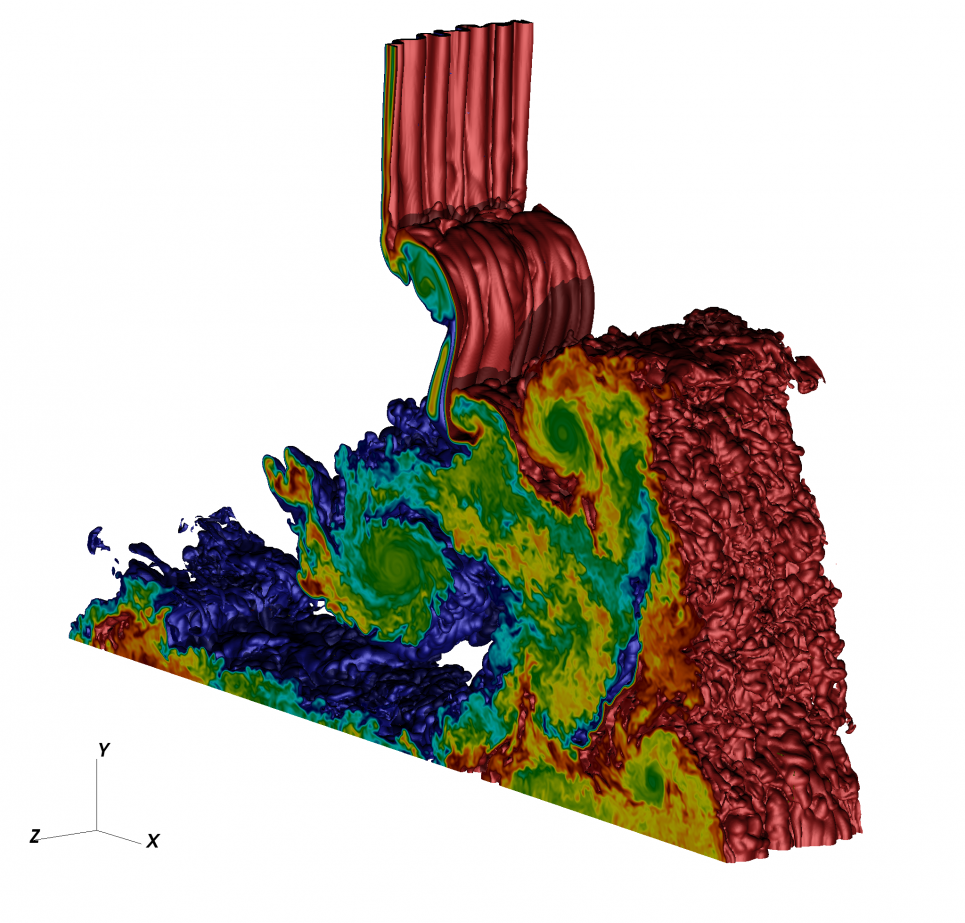
Physics-Constrained Data-Driven Methods of Accurately Accelerating Simulations and Their Applications
Physics-Constrained Data-Driven Methods of Accurately Accelerating Simulations and Their Applications
A reduced order model is built to accurately accelerate computationally expensive physical simulations, which is useful in multi-query problems, such as inverse problem, uncertainty quantification, design optimization, and optimal control. In this talk, two types of data-driven model order reduction techniques will be discussed, i.e., the black-box approach that incorporates only data and the physics-constrained approach that incorporates the first principle as well as data within the reduced order models. The advantages and disadvantages of each method will be discussed. Furthermore, several recent developments at LLNL of data-driven physics-constrained reduced order modeling techniques will be introduced in the context of various physical simulations. For example, a hyper-reduced time-windowing reduced order model overcomes the difficulty of advection-dominated shock propagation phenomenon, achieving a speed-up of O(20~100) with a relative error much less than 1% for Lagrangian hydrodynamics problems. The space–time reduced order model accelerates a large-scale particle Boltzmann transport simulation by a factor of 2,900 with a relative error less than 1%. The nonlinear manifold reduced order model shows perfect combination between machine learning and the existing numerical discretization methods, such as finite element and finite difference. Finally, successful application of these reduced order models in design optimization problems will be presented.
BIO: Youngsoo is a computational math scientist in CASC under Computing directorate at LLNL. He is currently leading data-driven reduced order model development team for various physical simulations, with whom he developed the open source codes, libROM and ROM for Laghos, Lagrangian hydrodynamics. He has earned his undergraduate degree for Civil and Environmental Engineering from Cornell University with applied mathematics as minor and his PhD degree for Computational and Mathematical Engineering from Stanford University. He was a postdoc in Sandia National Laboratory and Stanford University prior to joining LLNL in 2017.
Please use this link to attend the virtual seminar.
https://argonne.zoomgov.com/j/1601852284?pwd=TW1LOWYzM0FMVTFtRkxkbHM5ZElJQT09